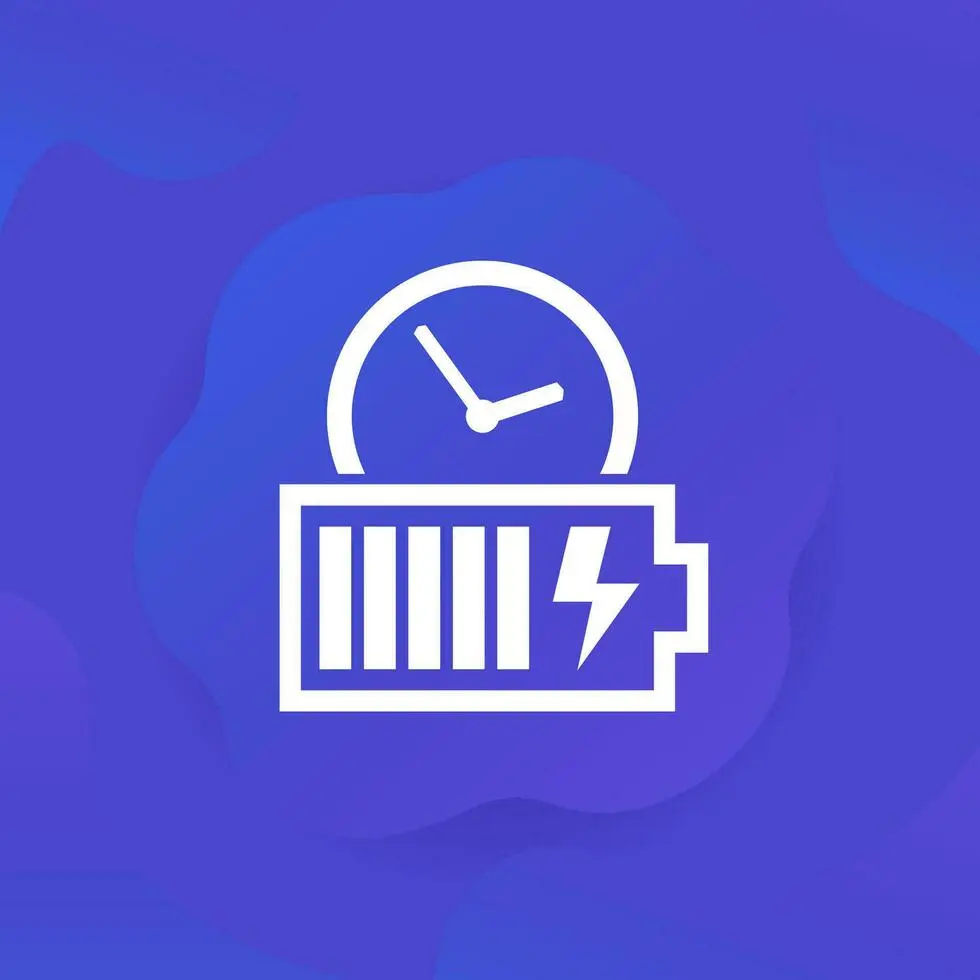Calculate your Battery charge time
Calculate how long it will take to charge your battery
Optimize charging efficiency for lithium-ion, lead-acid, AGM, and car batteries
Charging Parameters
Charging Results
Charging Time
Energy Required
Charging Stage
Recommended Charger
Common Charging Times
| Battery Size | 10A Charger | 20A Charger | 50A Charger | Solar Charging |
|---|---|---|---|---|
| 50Ah (12V) | 6 hours | 3.5 hours | 1.5 hours | 8-10 hours |
| 100Ah (12V) | 12 hours | 6.5 hours | 3 hours | 15-20 hours |
| 200Ah (12V) | 24 hours | 12 hours | 5 hours | 30-40 hours |
| 100Ah (24V) | 12 hours | 6.5 hours | 3 hours | 15-20 hours |
| Car Battery (60Ah) | 8 hours | 4 hours | 2 hours | 10-12 hours |

How Our Battery Charging Time Calculator Works
Our advanced battery charge time calculator uses your battery specifications and charger details to provide accurate estimates of charging time. The tool accounts for battery type, efficiency losses, and charging stages to give you realistic projections. Learn more about state of charge and charging behavior for different battery types.
Understanding Your Results
The calculator shows how long it will take to charge your battery based on the current charge level and target charge percentage. It also estimates energy requirements and recommends optimal charger sizes, making it ideal for users of lithium battery charging systems.
Maximizing Charging Efficiency
By adjusting the charger output and battery parameters, you can explore different charging scenarios. Our Battery Charge Time Calculator helps you find the optimal balance between charging speed and battery health.
There are some solar battery calculators that will be helpful to maximize your energy usage and optimize storage capacity.
Charging Time Formula
To accurately calculate your battery charge time, use this proven formula that factors in your battery’s specifications and your charger’s output:
Where:
- Battery Capacity is measured in Amp-hours (Ah)
- Target% and Current% are decimal values (e.g., 80% = 0.8)
- Voltage is the system voltage in Volts (V)
- Charger Output is in Amperes (A)
- Efficiency is expressed as a decimal (e.g., 90% = 0.9)
Understanding this calculation helps users estimate battery charge time more effectively and choose the right charger for their setup
Keep in mind, lead-acid batteries require extra time in the absorption phase, which increases overall charging duration.
Charging Stages Explained
Bulk Stage
80% of charging
Constant current
Fastest charging
Absorption
15% of charging
Constant voltage
Slower charging
Float
5% of charging
Maintenance charge
Trickle charging
Lithium batteries charge faster with minimal absorption stage, while lead-acid requires longer absorption time.
Charging Optimization Tips
Reduce charging time and extend battery life:
- Use a charger rated at 10-20% of battery capacity
- Charge at moderate temperatures (15-25°C)
- For lead-acid, don’t skip the absorption stage
- Use temperature compensation when available
- Clean battery terminals regularly
- Avoid charging to 100% unless needed for lithium
Proper charging can extend battery life by 2–3 times!
Optimizing your setup reduces battery charge time, improving system efficiency and reliability.
Choosing the right charger and settings helps minimize battery charge time without risking battery health.
Monitoring your battery charge time helps prevent overcharging and ensures consistent energy availability for your system.
Battery Charge Time FAQs
Where:
- Battery Capacity in Amp-hours (Ah)
- Charge Percentage = (Target% – Current%) ÷ 100
- Charger Current in Amps (A)
- Efficiency factor (typically 0.85-0.95)
Example: Charging a 100Ah battery from 20% to 100% with a 10A charger at 90% efficiency:
Charge Time = (100 × 0.8) ÷ (10 × 0.9) = 80 ÷ 9 ≈ 8.9 hours
- Charger amperage
- Battery type
- Current state of charge
- Charger efficiency
Typical charging times:
- 10A charger: 20-24 hours (from 20% to 100%)
- 20A charger: 10-12 hours
- 50A charger: 4-5 hours
- 100A charger: 2-2.5 hours
Note: Lead-acid batteries require longer absorption charging, adding 1-2 hours to these times.
- From 50%: Approximately 3 hours
- From 20%: Approximately 5 hours
- From 0%: Approximately 6-7 hours
Calculation for lithium battery from 20% to 100% (90% efficiency):
(100Ah × 0.8) ÷ (20A × 0.9) = 80 ÷ 18 ≈ 4.44 hours
For lead-acid, add 1-2 hours for absorption charging, making it 5.5-6.5 hours.
- Cold temperatures (below 10°C):
- Slower chemical reactions
- 20-50% longer charging time
- Lithium batteries charge slower below 0°C
- Hot temperatures (above 30°C):
- Faster charging but reduces battery life
- Requires voltage reduction to prevent damage
- 10-20% faster charging
Optimal charging temperature is 20-25°C for most batteries.
- Maximum charge rate: Typically 20-30% of capacity for lead-acid, 50-100% for lithium
- Battery damage risk: Excessive current can warp plates in lead-acid batteries
- Heat generation: Higher current creates more heat, reducing efficiency
- Diminishing returns: Charging above 30% of capacity provides minimal time savings
Recommended maximums:
- Flooded lead-acid: 20-25% of Ah rating
- AGM/Gel: 30-40% of Ah rating
- Lithium: 50-100% of Ah rating
- Solar panel wattage
- Sunlight hours and intensity
- Charge controller efficiency
- Battery type and state
Estimation formula:
Example: Charging a 100Ah 12V battery from 50% with 300W solar panel (4 peak sun hours, 80% efficiency):
(100 × 12 × 0.5) ÷ (300 × 4 × 0.8) = 600 ÷ 960 = 0.625 days (about 15 hours)
- Smart chargers: Safe – they switch to float/maintenance mode
- Dumb chargers: Risk of overcharging, especially for lead-acid
- Lithium batteries: Generally safe with proper BMS
- Lead-acid batteries: Can lose water and degrade if overcharged
Best practices:
- Use smart chargers with auto-shutoff
- Check battery temperature during charging
- For lead-acid, ensure proper ventilation
- Avoid charging unattended with high-current chargers
- Use a higher amperage charger (within battery limits)
- Charge at optimal temperature (20-25°C)
- Use a charger with boost/equalization mode (for lead-acid)
- Parallel charging with multiple chargers
- For lithium, charge to 80-90% instead of 100%
- Ensure clean, tight connections
- Use high-efficiency charging equipment
Note: Fast charging reduces battery lifespan – use only when necessary.
